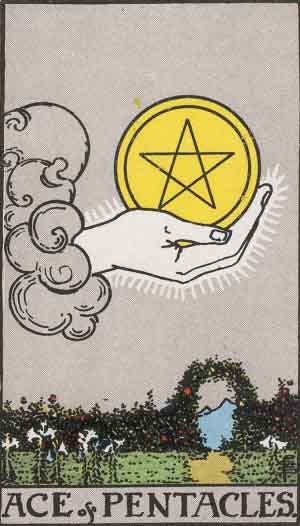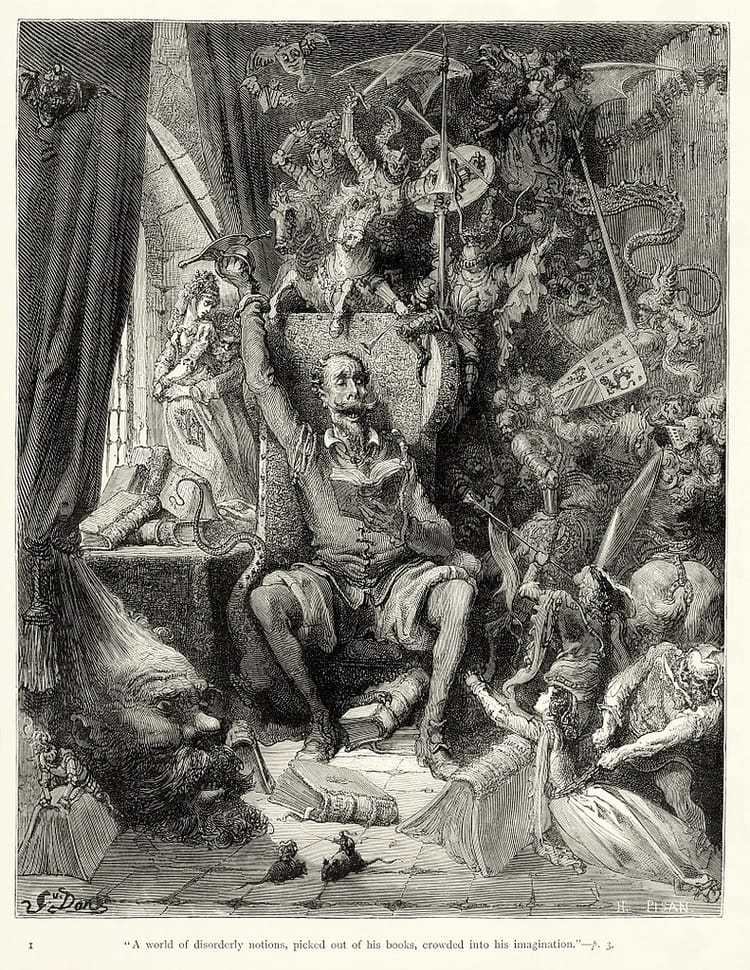ordinary time
In the Catholic liturgical calendar, Ordinary Time begins after Christmas Time has concluded in early January with either the Feast of the Baptism or the Epiphany. The word ordinary in this usage refers less to the commonness of the time than to its being ordered, as ordinal numbers are ordered (first, second, third, and so on). But the distinction is not so great between what is ordinary in the sense of being common and what is ordinary in the sense of being in order. Consider, for example, this definition of ordinary from the Oxford English Dictionary: “Belonging to the regular or usual order or course of things; having a place in a fixed or regulated sequence; occurring in the course of regular custom or practice; normal; customary; usual.”
After the excitement of Christmas and the New Year, the commonness of January can be a relief. There’s nothing to expect. Instead, every day is like the days in Groundhog Day, the same events repeating again and again and again seemingly into infinity—that’s the order of the ordinary. But there’s variation in this regularity. The days do get longer. Groundhog Day itself (Imbolc) eventually comes, and then the Vernal Equinox. Eventually, when I wake up at 6am, I’m no longer waking in the dark.
But on Twelfth Night, as I’m writing these words, I’m not thinking of spring. I’m thinking about how I will be sending my younger child to a school where one out of every ten adults (teachers and staff) has tested positive for Covid in the last week, in a neighborhood where one out of three Covid tests is positive, in a city where staying open is being prioritized far more than staying safe. “Swagger,” I guess, is supposed to protect the elderly, immunocompromised, and unvaccinated (which, remember, includes children under five years old) among us.
All of which is to say that this January does not seem to belong to the regular or usual order or course of things. The demand to return to so-called normal has thrown the actual chaos of our lives and brokenness of our systems into relief. In truth, though, this chaos and brokenness is also ordinary, as I have mostly failed to perceive or acknowledge for most of my life.
I didn’t mean to write this week about chaos and brokenness. I meant to write about the tarot card that I drew the last time I returned to ordinary time—not after Christmas, but at the end of a vacation.

In her commentary on this card, Rachel Pollack writes about the magic of ordinary things, whose magic is hidden, she says, because they are so ordinary. “Spiritual work leads us to recognize the magic in normal things, in both nature and civilization [symbolized by the walled garden], and then go beyond them to the greater knowledge symbolized by the mountains.”
This talk of magic is lovely, and in August it helped me accept our return to the city, work, and school, but at the moment I am skeptical. What still draws me to the card is the garden. I think of the hands that take care of that garden—planting, weeding, pruning, watering. If there is magic, the magic is in the relationship, in taking care of normal things, or in how they take care of us. Even—or especially—when they are out of order, or broken.
Whatever I feel about having my child—or any children—at school in current conditions, I’m not really feeling it, except to wish that the days were not so dark and cold. Meanwhile, parents at the school are figuring out how to get more test kits and good masks to distribute to those who need them. (This sort of thing, of course, is what is needed, not “swagger.”) And I’ve signed up again to take care of compost scraps for the school garden. The creepy crawlies in the compost bin! Horrify me! They are black soldier larvae, also known as pheonix worms—and they, too, have their part to play in the normal order of things.
Take care out there, everyone!



